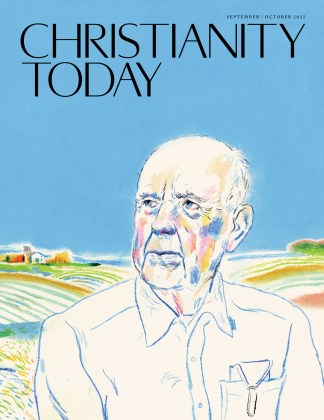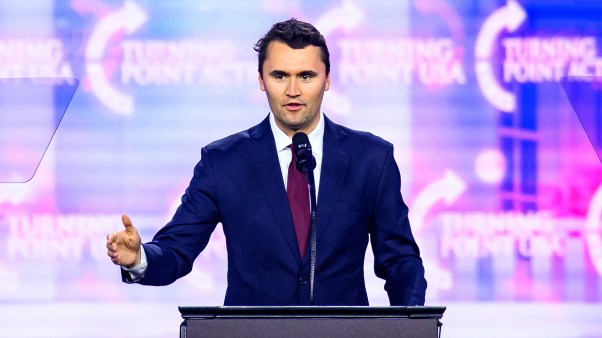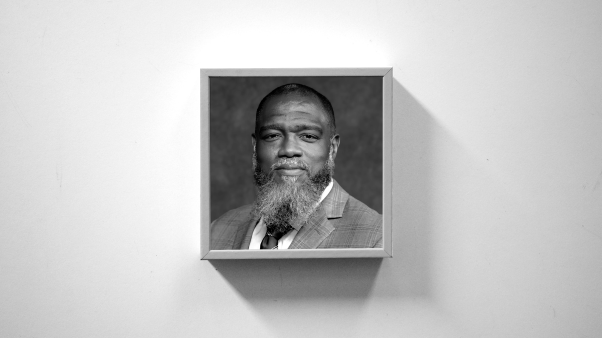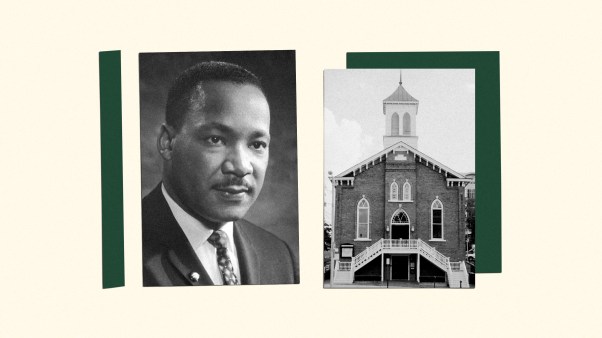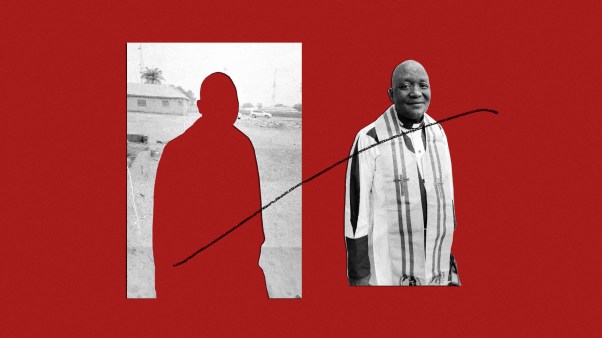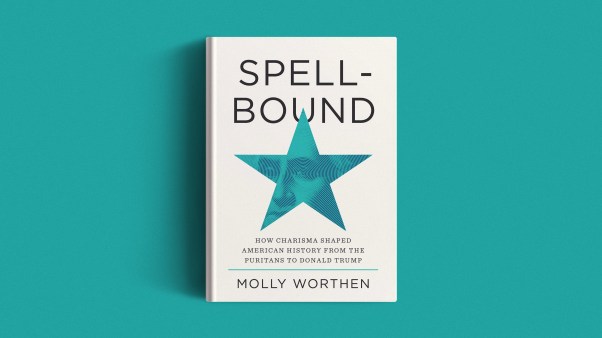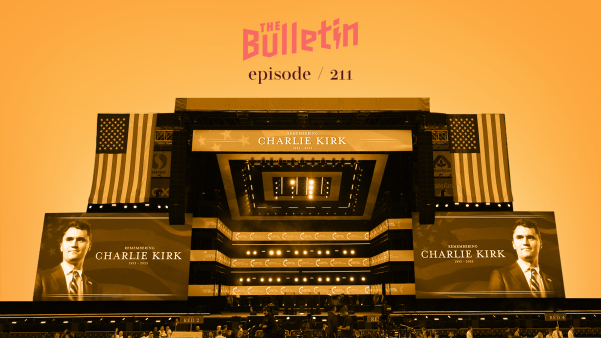We were driving home from preschool when my daughter Marilee—four years old at the time—asked, “Momma, are all Indians mean?”
I paused the audiobook version of Laura Ingalls Wilder’s Little House on the Prairie and reminded myself that she’s just a kid asking an honest question. After inquiring about her perspective, I replied, “All people have kindness in their hearts, and all people have meanness in their hearts. But why do you ask if the Indians are mean?”
“Because they seem mean in the book,” she said.
My seven-year-old son, William, chimed in with a short synopsis of American history and western expansion, then wrinkled his forehead, and said, “Mom, it’s not fair if the government keeps making the Indians move. It seems really selfish.”
I nodded my head. “It was selfish, William.”
Our conversation underscored an uncomfortable truth: I cannot defend the decision—by Pa Ingalls or anyone else, including our own distant relatives—to settle the East and then push west at the cost of decimating native peoples. I also don’t want to pretend that these stories we have grown to love portray a pure or unadulterated past.
When I first realized that these stories could perpetuate a myth of white American conquest, I considered leaving them behind. Instead, they have become a way to enter into our history—the glory and the shame of it, the complicated, messy, ugly, selfish, and sometimes beautiful humanity of it all.
For kids’ sake, adults often curate the details of the past—whether it’s the history of white settlers and Native Americans, the facts about slavery and race relations, narratives from the Bible, or family histories that contain stories of heartache and pain. Curating is part of parenting. But how do we do it, exactly? How do we talk about human history—both the evil and the good—as our kids come of age? When do we tell the unadorned truth, and when do we filter?
For our family, the Ingalls’ story has been a catalyst for asking these questions. In light of our children’s fascination with the Little House on the Prairie series, I was eager to understand the story behind the stories. Caroline Fraser’s new book, Prairie Fires: The American Dreams of Laura Ingalls Wilder offers a carefully researched, accessibly written biography of Wilder and her social and historical context.
One of Fraser’s central questions is the veracity of Wilder’s books. In what ways were the books fictionalized versions of reality? How did Wilder edit—whether to sanitize or sensationalize—her past? And what effect did that editing have, not only on the children who read the books, but, in light of their spectacular and enduring popularity, on the American people as a whole?
“As unpublished manuscripts, letters, and documents have come to light, we have begun to apprehend the scope of [Wilder’s] life, a story that needs to be fully told, in its historical context, as she lived it,” writes Fraser. “That tale is different from the one she wrote. It is an adult story of poverty, struggle, and reinvention—a great American drama in three acts.”
In the biography, Fraser uses meticulous research of various historical records to point out the discrepancies, omissions, and inconsistencies in the Little House books. We learn that Wilder amended some details simply to serve a larger narrative purpose. But she also left out much of the hardship of her life. For instance, she never mentions the birth of her baby brother and his subsequent death, nor does she detail the discovery that her community’s beloved Reverend Alden was convicted of embezzling church funds.
According to Fraser, Wilder fails to portray the brutal reality of her family’s economic vulnerability. She paints a picture of an American Dream—one that was never actually realized—and overlooks the plight of the small farmer who could never succeed without the government policy, regulation, and assistance that Wilder disdained. Writes Fraser, “Throughout the whole series, [Wilder’s] emphasis on her parents’ finest qualities built the illusion—the ideal—of the yeoman farmer, able to sustain a family on the homestead, raising something from nothing.”
Fraser’s critique is compelling in many ways, and yet it fails to grapple with one important fact: that Wilder wrote her books both from the perspective of a child and for readers who are themselves children. While kids are sometimes forced to reckon with the brutal realities of a broken world, adults also have a role to play in introducing them to that brokenness.
As grownups entrusted with passing along stories about our nation, our faith, and our families, we need to employ wisdom and discernment in deciding how much to tell our children and when. Do we introduce them to human evil as evidenced by the horrors of the Holocaust or the Middle Passage? Do we tell them that Aunt Beatrice died of alcoholism or that Grandad had an affair? Do we explain what it means when our Advent reading describes Rahab, one of the women in Jesus’ family tree, as a prostitute? Do we fill in the blanks in books like Little House on the Prairie?
Although there’s no perfect formula, nonetheless the writers of the Bible provide some models for how and when to expose our children to evil and hardship.
Take Peter’s preaching in Acts. In the early chapters of the book, when Peter is addressing his fellow Jews, he explains who Jesus is in the context of the history of Israel, and he does so in forceful and strident tones. But in Acts 10, when Peter tells Cornelius—a non-Jewish Roman centurion—about Jesus, he tells the same story in different words. His tone is gentle and inviting. He does not quote the Hebrew Scriptures, which might have been unfamiliar to Cornelius. Instead, he simply tells him that Jesus is Lord and that Jesus, now raised from the dead, has invited Cornelius to follow him.
Similarly, the gospel writers demonstrate flexibility in storytelling based on the knowledge of their presumed audience. Matthew, who writes for a predominantly Jewish audience, tailors his message to people familiar with the scriptural prophecies about a coming Messiah. Luke, on the other hand, while writing to a Gentile audience, does not emphasize these same details because they would have been less familiar to his readers.
With these models in mind, we parents and teachers need to remember two things: First, that we should tailor stories (about faith or family or history) to our specific kids and their specific developmental stages. We need to answer the questions they’re asking—not the ones we want to ask. We need to discern how much darkness they can and should be exposed to, just as Wilder made choices about how much of her childhood poverty and insecurity to convey on the page.
Second, we need to tell these stories as part of an ongoing conversation that can be expanded over time. As adults, we sometimes want to believe the simpler, easier narrative of events, and the way we tell stories can lull us into a fictional version of the past.
For example, scholars and readers will continue to debate whether Wilder believed the idyllic vision depicted in her books. However, the problem lies not so much in her writing as in the ways adults have allowed her narratives, crafted for young readers, to inform a simplistic conception of the American Dream, the expansion of the western frontier, and the idea of a yeoman farmer.
In other words, when we curate and distill adult stories for kids, we have to remember that we’re not offering the fullest version of the narrative. As our kids grow older, we aren’t contradicting what we’ve told them in the past—instead, we’re expanding their understanding of the complexity of events.
My conversation in the car with my kids is only one example of how books (Wilder’s and others like it) can open up lines of inquiry, curiosity, and exploration that lead to a fuller story. American history in general, any family history, and most of the biblical narratives include the dark sides of human drama.
In the context of that drama, we need parents and teachers who can, over time, gently guide kids from simple to complex truth. Those truths will shape and form our children into grownups with a fuller understanding of human nature—with all of its glorious and sinful realities.
Amy Julia Becker is the author of A Good and Perfect Gift and Small Talk: Learning from my Children About What Matters Most. Some of the content from this essay was taken from White Picket Fences by Amy Julia Becker. Copyright © 2018. Used by permission of NavPress. All rights reserved. Represented by Tyndale House Publishers, Inc.
